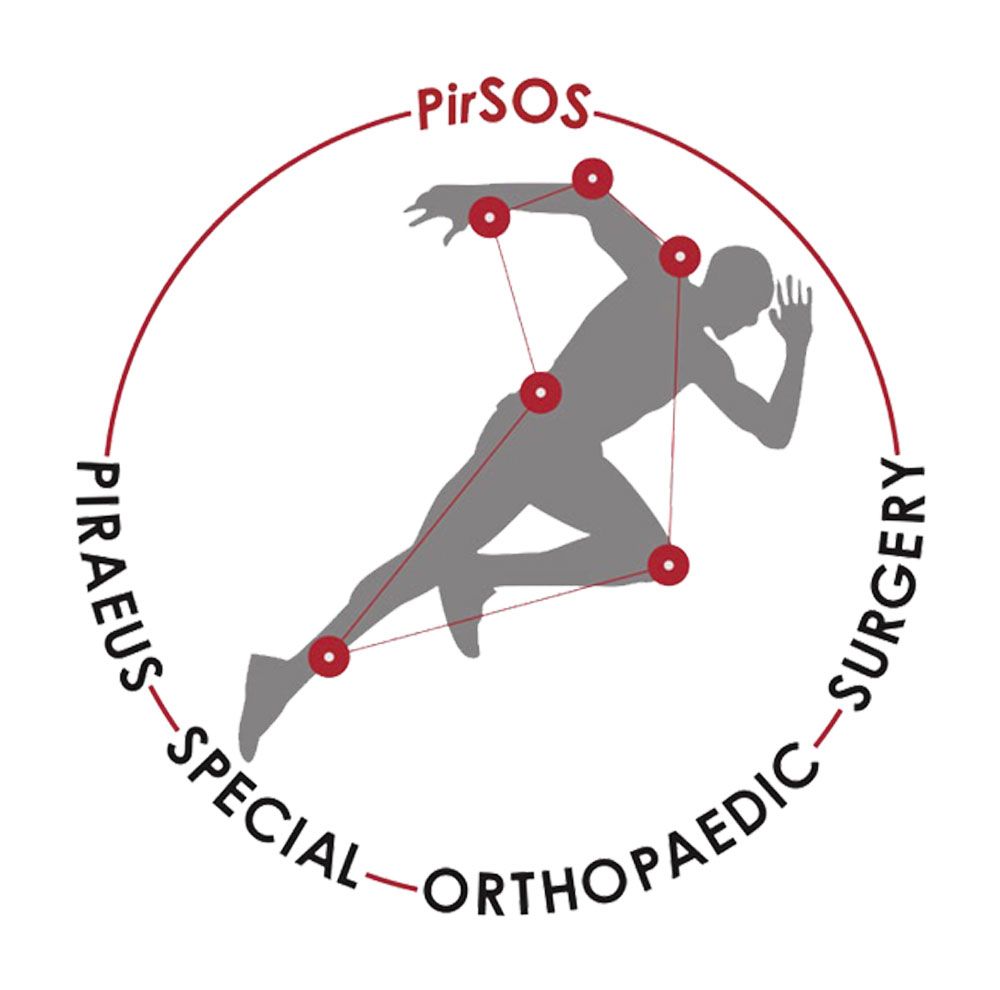Hip Arthroplasty
Total Hip Arthroplasty
Total hip arthroplasty represents one of the most successful surgical procedures in modern orthopedics, with success rates exceeding 95% in long-term follow-up of 15-20 years. According to the most recent data from national arthroplasty registries (2024), over 450,000 procedures are performed annually worldwide, offering dramatic improvement in quality of life for patients with advanced hip osteoarthritis.
The coxofemoral joint, as the largest weight-bearing joint of the human body, sustains forces reaching 3-5 times body weight during walking. When progressive destruction of articular cartilage leads to unbearable pain and significant functional limitation, total arthroplasty becomes the treatment of choice.
Scientific Evidence & Clinical Results
Recent studies from the Journal of Bone and Joint Surgery (2024) confirm that modern total hip arthroplasty presents excellent long-term results. The study by Learmonth et al. in 25-year follow-up shows prosthesis survival rates of 89% for cementless prostheses and 92% for cemented ones, while 96% of patients express complete satisfaction with the results.
According to data from the National Joint Registry (NJR, 2024), total hip arthroplasty offers significant improvement in functional assessment scales, with mean improvement of 45-50 points in Harris Hip Score and 40-45 points in Oxford Hip Score postoperatively. The rate of pain relief reaches 98% of cases.
Clinical Indications & Patient Selection
Total hip arthroplasty is indicated in patients with advanced osteoarthritis presenting:
Modern Surgical Techniques
AMIS - Anterior Minimally Invasive Surgery
The anterior minimally invasive approach represents the most modern technique, developed by Matta and Siguier. It is performed through the interval between the tensor fasciae latae and the rectus femoris muscle, preserving all muscles and tendons intact.
AMIS Advantages: Smaller incision (8-10cm), faster recovery, reduced postoperative pain, lower risk of dislocation (<1%), and ability for immediate full weight bearing.
Posterior Approach
The posterior approach remains the most widespread technique globally (60% of cases), offering excellent visualization of the acetabulum and ease of component placement. It requires careful reconstruction of the posterior stabilizing structures.
Direct Lateral (Hardinge) Approach
The lateral approach preserves the posterior stabilizing muscles, reducing the risk of dislocation to <0.5%, but may temporarily affect the function of the abductor muscles.
Materials & Prosthesis Technology
Metallic Components
Titanium Alloy (Ti-6Al-4V): The most widespread material for stems, with excellent biocompatibility and osseointegration. Cobalt-Chrome: Used for heads and cups, with high wear resistance.
Ceramic Materials
Alumina (Al2O3): Excellent wear resistance, ideal for younger patients. Zirconia (ZrO2): Higher fracture resistance. Delta Ceramics: Combine the advantages of both.
Polymers
Cross-linked Polyethylene (XLPE): 85% reduced wear compared to conventional polyethylene, allowing use of larger heads for improved stability.
Preoperative Planning
Imaging Studies: Pelvis A/P and lateral hip radiographs, CT scan for complex cases, MRI for osteonecrosis assessment.
Digital Templating: Use of digital programs for accurate determination of component size and position, restoration of anatomy and biomechanics.
Laboratory Tests: Complete blood count, inflammatory markers (CRP, ESR), coagulation studies, biochemical panel, and cardiac evaluation.
Postoperative Rehabilitation
Immediate Postoperative Period (0-2 weeks)
Day 1: Mobilization out of bed, full weight bearing (AMIS) or partial weight bearing (posterior approach). Physiotherapy: Breathing exercises, active limb movement, quadriceps strengthening exercises.
Early Rehabilitation (2-6 weeks)
Goals: Achievement of independent walking, improvement of range of motion (flexion >90°), strengthening of periarticular muscle mass. Restrictions: Avoid excessive flexion >90°, adduction and internal rotation.
Long-term Rehabilitation (6 weeks - 6 months)
Advanced Physiotherapy: Strengthening of abductors, adductors and hip extensors. Functional Activities: Gradual return to daily activities, driving (6-8 weeks), work (8-12 weeks).




